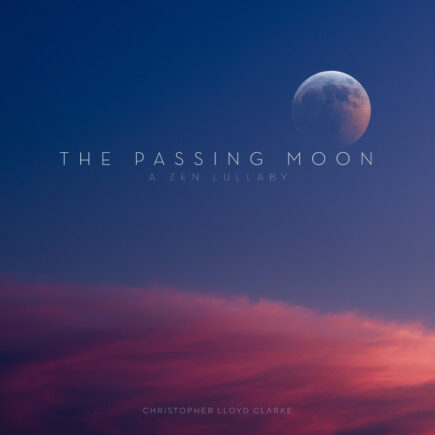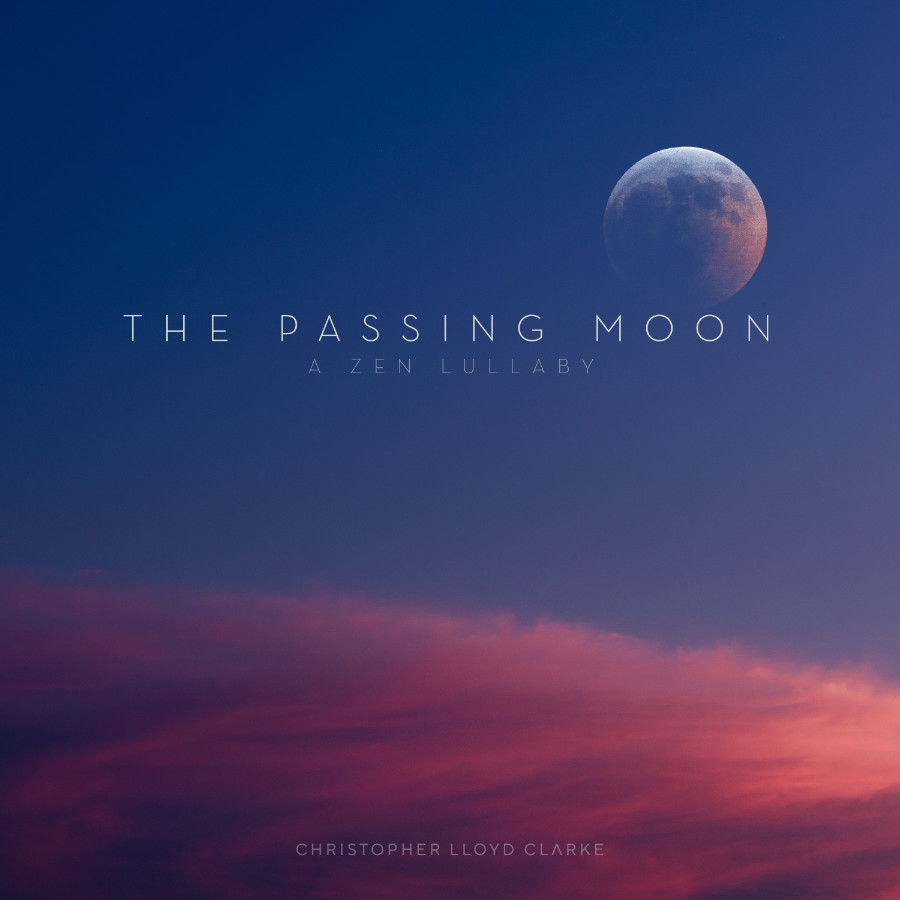Sorry, no results.
Please try another keyword
- Royalty Free Meditation Music, Royalty Free Sound Healing Musiccontemplative, deep tones, flute, minimalistic, tibetan singing bowls, zen$75
- Royalty Free Meditation Music, Royalty Free Sound Healing Musiccontemplative, deep tones, flute, minimalistic, tibetan singing bowls, zen$82
- Royalty Free Meditation Music, Royalty Free Sound Healing Musiccontemplative, deep tones, flute, minimalistic, tibetan singing bowls, zen$89


 The Passing Moon - A Zen Lullaby - 60 Minutes
The Passing Moon - A Zen Lullaby - 60 Minutes 


Reviews
There are no reviews yet.